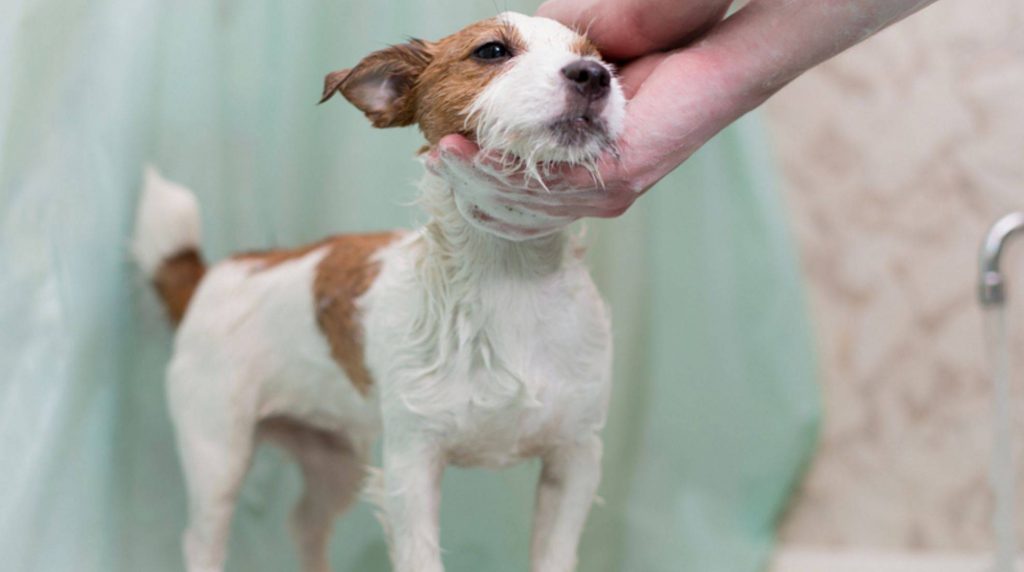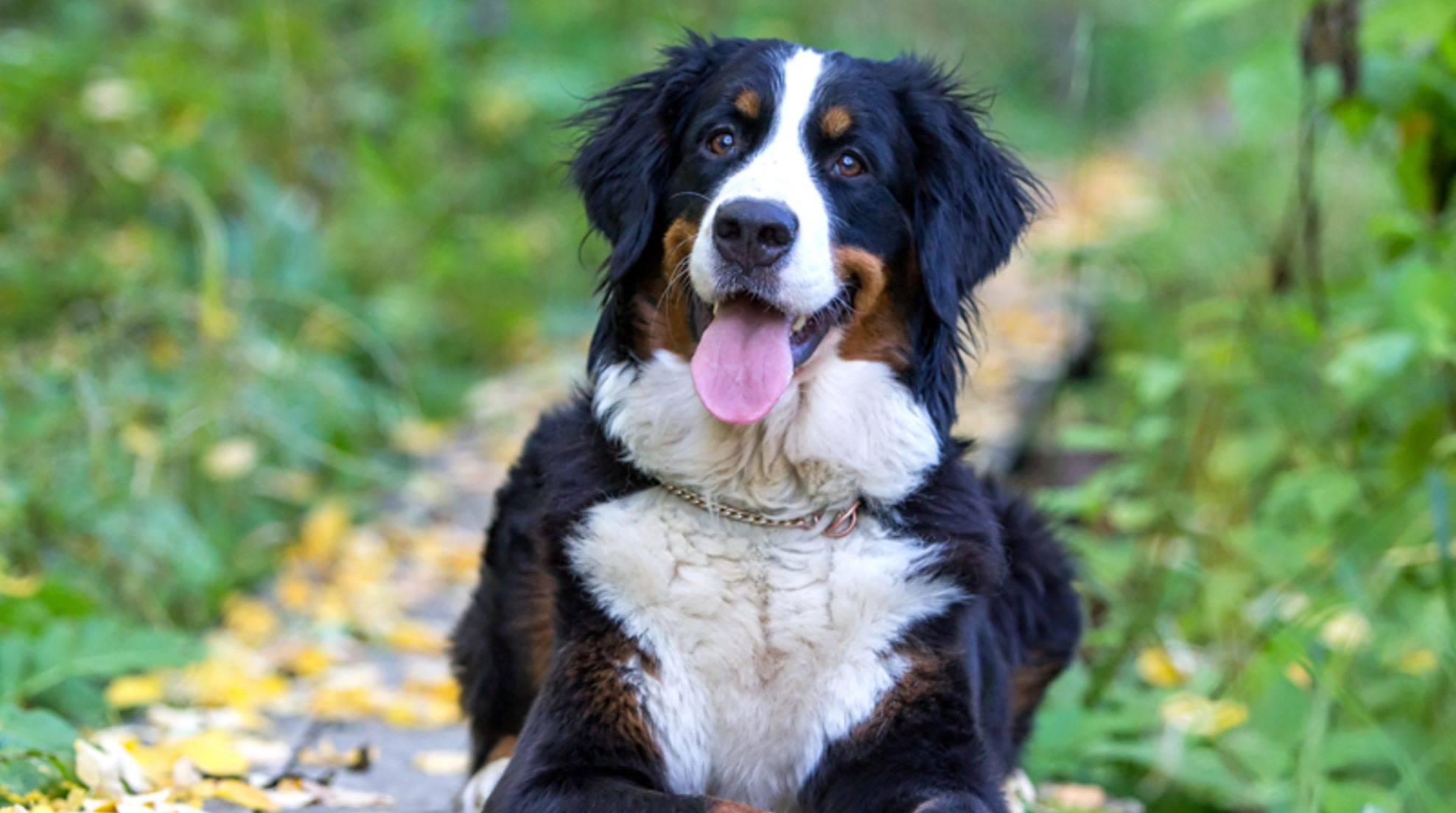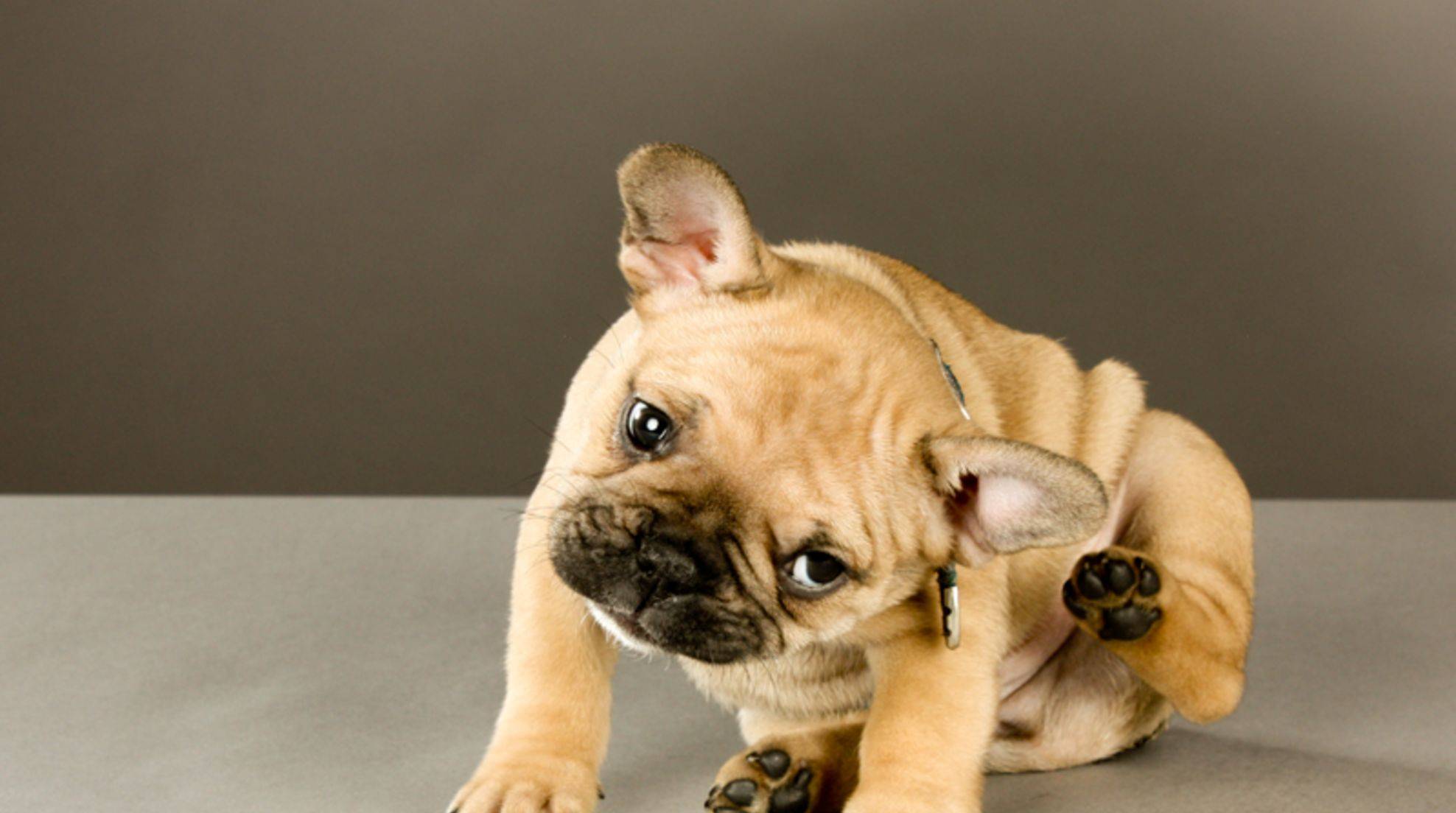Treat grass mites in dogs: What helps?
With the onset of summer, grass mites are in high season again. Whether you need to treat your dog depends on the symptoms he shows.
If grass mites are plaguing your dog, there is no need to worry first. The tiny arachnids are annoying but usually harmless.
But how can an infestation be detected? If you suspect that your four-legged friend is infested with parasites, immediately examine the dog’s skin. You will discover small orange-yellow spots on the affected areas if you look closely. Grass mites can cause intense itching, which is intensified by the dog scratching.
Prevent infestation by grass mites
Specifically, it is the larvae of the grass mite that cause the itching. They generally prefer body areas with fragile skin and mainly infest parts of the body that contact the ground or grass: Paws, head, legs, abdomen, and chest.
The most effective preventive measure against grass mites in dogs is therefore simple: wash your four-legged friend’s belly, chest, legs, and dog paws with lukewarm water after romping in the grass to rinse away the larvae.
Grass mites in dogs: What to do?
If the parasites have already taken up residence, further measures must be taken. Since the mites usually have no harmful effect on the dog, it is sufficient to treat the symptoms:
Wash your four-legged friend with an anti-parasitic shampoo to relieve the itching.
Apply an anti-inflammatory ointment to the affected areas if your dog has already scratched himself sore.
Wash all blankets and thoroughly clean all of the places where your dog lies, just as you would if your dog were infected with other parasites, such as ticks or fleas.
It can still happen that the skin around the puncture sites becomes inflamed. Then further measures are usually necessary. In such cases, and if you are unsure whether grass mites are responsible for your dog’s complaints, you should consult a veterinarian. Do not start treatment on your own.








